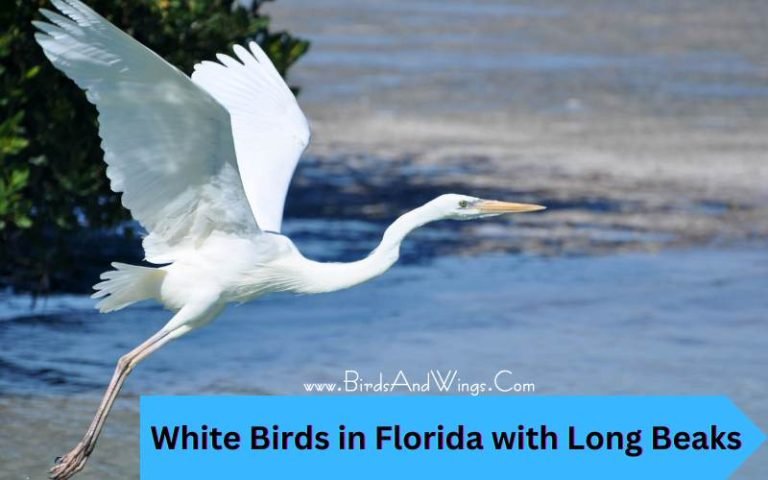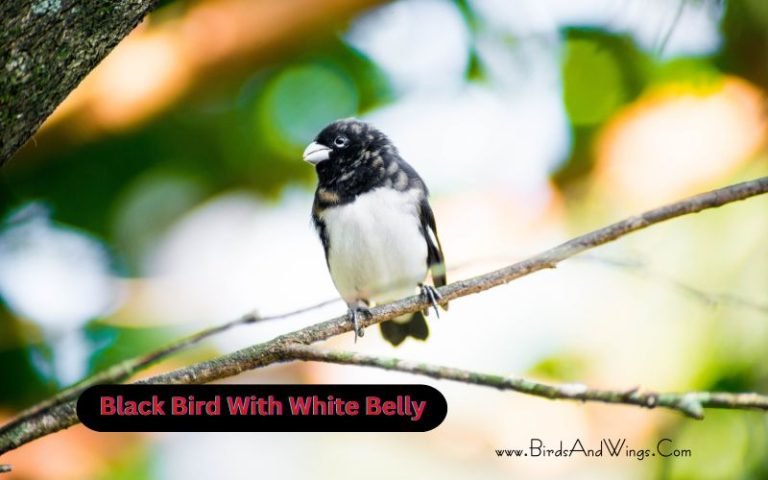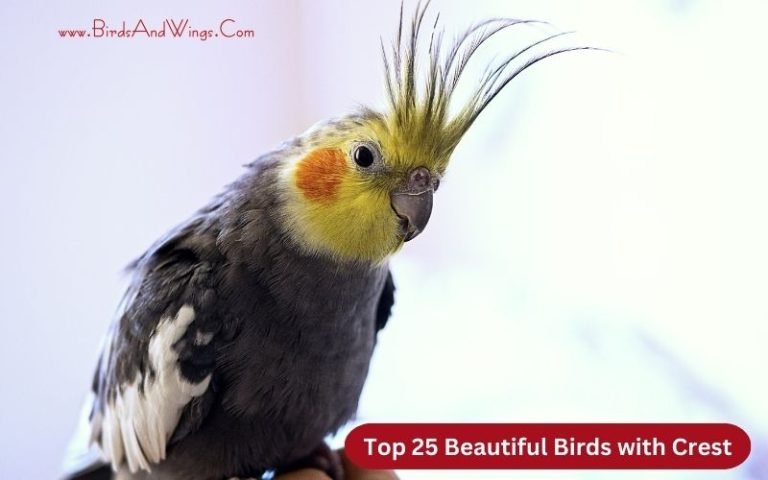15 Beautiful Birds with Blue Eyes
Birds have diverse characteristics within themselves. Among those diverse characteristics, birds with blue-eyed hereditary genes mesmerized people by appearance and beauty. This article will explore the top 15 beautiful birds with blue eyes by enhancing their scientific names, sizes, native places, lifespans, and other facts about their lifestyle. So let’s explore their unique features.
List Of 15 Birds with Blue Eyes
This section will briefly explain every species’s scientific name, lifespans, native place, size, and diet, along with a brief discussion of their other facts.
1. Great Cormorants
- Scientific name: Phalacrocorax
- Lifespan: around 10 to 15 years
- Native to: North America, Europe, Africa, China, New Zealand, Asia
- Size: 30 to 40 inches
- Food or Diet: wrasses fish, sand smelt, common sole,
The Great Cormorants are also regarded as black shag or kawau in New Zealand, great black cormorant in the Northern Hemisphere, black cormorant in Australia, and large cormorant in Indian continents. They are large birds with glossy black plumage.
Their weight is about 1.5 kg to 5.3 kg, which varies with the different subspecies. Males are generally larger and have more weight compared to females. They build their nests in communities besides wetlands areas, rivery places, and sheltered coastal water.
They make their nests with sticks in the trees, cliffs, or edges. They mostly eat fish with their diving skills and capture their prey in their beaks. These birds can dive in the water about 5.8 meters (about 19 ft).
2. Northern Gannet
- Scientific name: Morus bassanus
- Lifespan: about 35 years
- Native to: Northern Atlantic Ocean
- Size: 170-180 cm
- Food or Diet: fish: sardines, anchovies, haddock, smelt, Atlantic cod, squid
The Northern Gannet is a large white seabird of the northern Atlantic Ocean with a long neck and slender wings. Their wings have little black tips on them. They are the birds of the Atlantic Oceans but migrate to Western Europe and Northeastern North America during their breeding seasons.
They make their colonies for breeding season and travel with them. They also make their nests among their colonies on the cliffs or small rocky Islands. Their strong beaks help them to catch their prey or any heavy fish from the sea surface.
After their breeding period, they again travel to the South. Northern Gannet birds are aggressive to protect their nests. Sometimes two male gannets fight or give threats to each other to occupy the nests. This fight can turn into serious injuries and may also last for 2 hours.
3. Blue-eyed Shag
- Scientific name: Leucocarbo
- Lifespan: 15 to 20 years
- Native to: Southern hemisphere, South America, New Zealand
- Size: around 30 inches (70 cm-80 cm)
- Food or Diet: fish, Octopus, snails, slugs, worms
Blue-eyed shag is a large bird with a black upper part and white breasts. They are familiar with the Southern Hemisphere, south part of America, Antarctica, and New Zealand.
These species of shag can dive in a depth of 25 meters on average and maximize 60 meters. They can stay underwater for up to 4 minutes.
They can also fly for 60 km per hour. Their breeding season starts in October and November. They build their nests with seaweed, grass. Females lay 5 eggs, and their incubation period goes for 5 weeks.
4. Brown Pelicans
- Scientific name: Pelecanus occidentalis
- Lifespan: 30 years
- Native to: Atlantic, Gulf, and Pacific coasts in America
- Size: around 1 to 1.52 meters
- Food or Diet: fish such as pigfish, pinfish, mullets, sardines, crustaceans
The brown Pelican is a similar species to the pelican family. Their head is yellow, and the neck along their body is the black, yellow, and brown combination. They have long beaks, about 11 to 14 inches in length.
They are familiar with America, the Atlantic coasts, the Amazon River, Pacific Oceans, and Chile. During their Non-breeding seasons, they travel back to Canada. As they are marine species, they prefer shallow water, salty bays and beaches for their habitats. They sit or rest on the rocks, cliffs, piers, jetties and sand beaches. Their prime food is fish which is mostly 90% of their diet.
They can fly a maximum of 60-70 ft above the Ocean. They can spot their prey or fish while they are flying like eagles or long beaks birds. Their nesting month is between March and April. The male pelicans choose their nesting sites and then perform display dances for their partners.
5. Double Crested Cormorants
- Scientific name: Phalacrocorax auritus
- Lifespan: almost 20 years
- Native to: North America, Alaska, Florida, Mexico.
- Size: 28-35 inches
- Food or Diet: fish, amphibians, crustaceans, insects
Double-crested cormorant bird is a similar species of cormorant species. They are called water birds as they prefer watery areas such as rivers, lakes and coastal areas for their habitats. They are familiar in North America, Alaska, Florida and Mexico.
During their migration, they travel from the coldest place Canada to Europe. These double-Crested cormorant birds are slow swimmers and often swim with head and neck visible to the surface level of the water.
They can dive about 4 feet to 25 feet deep inside the water. After returning from the diving, they stretched their wings, shook them, and let them dry.
6. Satin Bowerbird
- Scientific name: Ptilonorhynchus violaceus
- Lifespan: around 20 to 30 years
- Native to: Eastern Australia
- Size: 12 inch
- Food or Diet: leaves, seeds, insects, beetles, grasshoppers, cicadas
The Satin bowerbird is a similar species to the bow bird family. Their eyes are violet blue, and their body is metallic blackish blue. As they are familiar with Australia, they prefer wet forests, rainforests for their habitats. They perform their courtship rituals very religiously.
They decorate their courtship place with blue objects and plastic like berries, flowers, snail shells, ballpoint pens, drinking straws, etc. They use blue objects in their decorations more than other colors.
Later female bowerbirds visit the place and choose which male they will allow to enter and mate with. Male birds also perform some display acts to impress or woo their mates.
7. Western Jackdaw
- Scientific name: Corvus monedula
- Lifespan: around 5 years
- Native to: North Africa, Western Asia, Europe
- Size: 34 to 39 centimeters
- Food or Diet: snails, spiders, eggs, chicks from other birds, carrion, small rodent, and insects
The Western jackdaw is also considered Eurasian jackdaw, as seen in Europe and Asia. They are also familiar in North Africa. Their whole bodies are blackish grey, and their eyes are blue. They prefer wooded areas, cultivated lands, cliffs, and towns for their inhabitants.
They build their nests with hair, wool, dead grass and many other materials. They are known for their intelligence, as they are often seen using tools or sticks for their purpose.
They can utilize those tools and make a way out of their problems. They sometimes do wrestling with their feet and try to dominate others.
8. American White Ibis
- Scientific name: Eudocimus albus
- Lifespan: around 25 to 27 years
- Native to: Florida
- Size: 21 to 28 inches
- Food or Diet: crayfish, crustaceans, insects, bugs, crabs, beetles
The American white Ibis is a large white bird with long orange beaks. They are the most familiar and popular white bird in Florida. They are also seen in the Gulf Coast of the United States, Central America, Mexico, Caribbean. They prefer shallow coastal areas, wetlands, mangroves, wet lawns, and flooded fields for their habitats.
In summer, they travel to more coastal areas in the watery places because they prefer deep water where they can forage easily. These birds breed in colonies. Ibis birds are more protective towards their nests and try to defend their nests by displaying performance against intruders. They often bite and lunge to hold the opponent’s head or wings.
9. Philippine Eagle
- Scientific name: Pithecophaga jefferyi
- Lifespan: 30 to 40 years
- Native to: Philippines
- Size: around 35 inches
- Food or Diet: crab, rats, flying Foxes, tree squirrels, snakes, etc
Philippine Eagle is also regarded as a monkey-eating Eagle or great Philippine Eagle. They are mostly familiar with the Philippines and other islands such as Luzon, Samar, Leyte, and Mindanao. Their body has brown and white plumage with a shaggy crest.
They are counted as the largest eagles among the Eagle species. They prefer mid-forests, steep areas. They use two hunting techniques to hunt their prey.
The first one only observes the prey by sitting motionless and then suddenly attacking.
The second one is perch hunting, where they glide from one to another perch for hunting. Their breeding seasons start in July. Here, both parents feed their young and raise them until they become independent.
10. Grey Crowned crane
- Scientific name: Balearica regulorum
- Lifespan: around 20 to 30 years
- Native to: Africa
- Size: 3ft 3 inches
- Food or Diet: plants, seeds, grains, insects, frogs, worms, snakes, and small fish
Grey crowned crane is a large bird with gray and black plumage. They have golden crests on their heads and black long-large feet. They are the national birds and symbols of Uganda. They are also regarded as African crowned cranes, golden Crested cranes, or golden crown cranes.
As they are familiar in Africa, they prefer dry savannah areas, cultivated lands, and grassy flatlands beside rivers and lakes for their habitats. They perform their breeding behaviors by bowing, dancing, and jumping.
11. Blue-eyed cockatoo
- Scientific name: Cacatua ophthalmica
- Lifespan: around 50 years
- Native to: New Britain east of New Guinea
- Size: 50 cm
- Food or Diet: seeds, nuts, berries, and fruits
Blue-eyed cockatoo bird is a large white bird with blue eyes. They are familiar with New Britain, and New Guinea and they prefer lowland forests, logged forests, and garden forests for their habitats.
They like to eat lots of seeds, different types of fruits, nuts, vegetables, oranges, apples, and carrots in their food diet.
12. Blue-eyed ground dove
- Scientific name: Columbina cyanopis
- Lifespan: around 5 to 7 years
- Native to: Cerrado region of Brazil
- Size: 6.1 inches
- Food or Diet: not found
Blue-eyed ground dove bird is a reddish brown color plumage with a blue eye. Their lower parts or belly parts are speckled breasts. They are mostly familiar in Brazil in the Cerrado region.
They also prefer savanna areas and grassland places for their habitats. However, their specific food diet is not found, still, they prefer to eat seeds and tiny insects just like other dove species.
13. Pelagic cormorant
- Scientific name: Urile pelagicus
- Lifespan: around 18 years
- Native to: Northern Pacific
- Size: 64 to 89 cm
- Food or Diet: mostly fish
Pelagic cormorant bird is also regarded as a bird’s cormorant or violent-green cormorant. They are familiar in the Northern Pacific as they are the seabird of the coastal areas. In the winter season, they are found in the open Oceans. Their maximum diet contains fish.
During their breeding seasons, they do not make large groups or colonies. They make their nests with plants, glasses, or seaweed. Male birds comparatively search for their mates and try to perform courtship rituals. during their breeding season and nonbreeding season, these cormorant eye color and plumage colors get changed.
14. Yellow-rumped cacique
- Scientific name: Cacicus cela
- Lifespan: not founded
- Native to: South America
- Size: around 28 center
- Food or Diet:. Insects, caterpillars, grasshoppers,
The yellow-rumped cacique bird is an average size bird of these passerine birds. Because they only pierced their height and beaks. They are fond of large insects, caterpillars, and grasshoppers.
They prefer woodlands and open cultivation areas. They build their nests at the end of the branches. Females protect their nests and defend their territory.
Females start their incubating process after laying their second eggs. This process lasts around 12 days. In 13 or 14 days hatching happens
15. Beautiful firewall
- Scientific name: Stagonopleura bella
- Lifespan: 5 to 8 years,
- Native to: Australia
- Size: 10 to 13 cm
- Food or Diet: grass seeds, small insects, and snails
A beautiful firewall bird is a pale brownish body with a red patch on the tail. Their eyes are blue and their beak is red.
They are familiar with Australia and they are fond of coastal heathland, forests, shrubbery, and a place for their habitat.
Are There Any Beautiful Red Birds with Blue Eyes in New York?
Are there any beautiful red birds with blue eyes in New York?
Bird enthusiasts wonder if such unique avian species exist in the region. From vivid crimson plumage to mesmerizing blue irises, spotting these beautiful red birds in New York would undoubtedly be a remarkable experience for any birdwatcher.
Conclusions
In short, birds with remarkable blue eyes and features portray their ancestors’ heritage through their genes. Similarly, their blue eyes amaze humans and attract them to their magnificent features.
Many birds with special characteristics, such as birds with crests or longest beaks, can also mesmerize you with their significant, royal appearance and adaptation quality.







